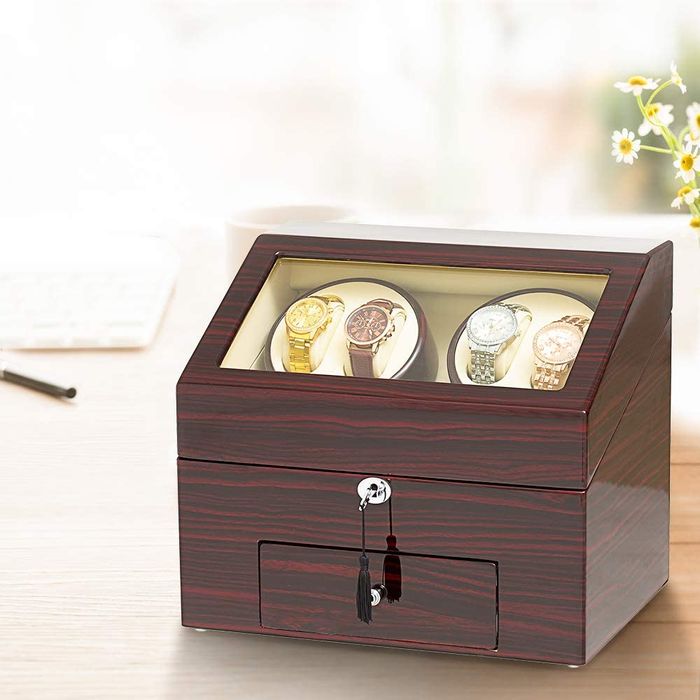Your self-winding watch is a stunning combination of beauty and precision, craftsmanship and functionality. This is a beautiful storage case and a representative piece when working with the utmost care and accuracy to ensure your automatic watch remains intact even when you are not wearing it.
Plus, your self-winding watch storage (In Norwegian "Oppbevaring") will pay for itself over time. This is the nature of the automatic watch itself, it must keep turning to function properly. When they stop, their lubricant stops flowing. Over time, this can lead to time-consuming and expensive watch repairs.

Image Source: Google
A much better solution is the one you choose: using automatic watch winding. Once you understand how these devices work, you can make them a regular part of your routine. At this point, you'll never have the hassle of fitting an automatic watch on your wrist, only to find out that the watch has stopped and you'll have to go through a tedious process of resetting all its functions.
You may not be familiar with the intricacies of automatic watch winding. Simply put, an automatic watch winder is a jewelry case equipped with a motor and a microprocessor that is responsible for turning the watch in a prescribed manner.
All elevator devices today are equipped with a safety program that ensures that they can never turn a watch. Some models run on AC power only, while others allow battery use. You can even purchase a dial that can hold up to six automatic watches at a time, each with special settings. Perhaps the most important concept to understand about automatic winding is Clock Speed (TPD).